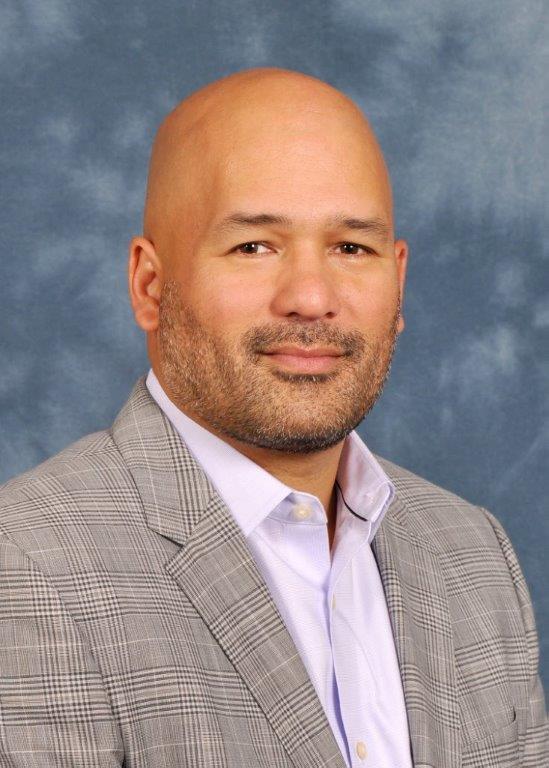|
November – December 2018
A message from Steve Anderson
Here’s what we’re doing to help hold down health care costs
 Health care spending is a growing component of our country’s gross domestic product. It’s estimated* that it will reach 18.2 percent of our GDP this year, up from 15.8 percent in 2006. And the upward trend isn’t likely to reverse anytime soon. According to a report* by The Wall Street Journal, health care expenditures will soon reach 20 percent of the national GDP — by far the highest among major economies. Health care spending is a growing component of our country’s gross domestic product. It’s estimated* that it will reach 18.2 percent of our GDP this year, up from 15.8 percent in 2006. And the upward trend isn’t likely to reverse anytime soon. According to a report* by The Wall Street Journal, health care expenditures will soon reach 20 percent of the national GDP — by far the highest among major economies.
In fact, total health care spending is projected to reach a whopping $5.7 trillion by 2026, according to national health expenditure data.*
These statistics are truly alarming. Many health care experts, including leaders within Blue Cross Blue Shield of Michigan and the hospital and physician communities, have spent years addressing the causes of rising health care costs. More importantly, they’ve explored ways to halt the steep increases.
That’s one reason I’m proud to be with Blue Cross. The company, working in conjunction with its hospital and physician partners through Value Partnerships, has been at the forefront of efforts to transform health care. We’ve put dozens of initiatives in place that are improving health care quality and making it more efficient and affordable. And there’s still more work to be done.
As I’m sure you’ve seen, there have been many reports and articles in health care journals and the media about the top reasons for the rising costs of health care. Here’s my list of the top eight reasons that health care costs have risen so dramatically over the past dozen years.
- An aging population, along with a rise in chronic illness and obesity
- The high cost of new technologies and procedures
- The merging of hospitals and other health care providers. (While this consolidation can help drive down costs, it can also result in near monopolies in some markets that can drive up prices.)
- Defensive medicine
- Pharmaceutical drug costs
- Administrative costs
- Rewarding providers based on a fee-for-service system rather than fee-for-value.
- Health care isn’t consumer-focused.
Giving consumers ‘tools’ to shop for health care
I’d like to take some time to address the last item on this list, which relates to the consumerization of health care. Most consumers don’t pay directly for their health care — their employers do — so they don’t pay much attention to how much it costs. But that’s beginning to change.
Blue Cross is putting in place new programs that will help consumers consider cost as part of their total health care experience. For example:
- As part of a new Specialty Care Shopper program, members of the UAW Retiree Medical Benefits Trust will be able to select from a group of high-quality, cost-effective health care providers for high-tech diagnostic imaging services. The program kicks off Jan. 1, 2019. There are more details in a November Record article.
- We’re launching a program that will allow our commercial PPO members to shop for care, compare costs and choose cost-effective health care providers for select, non-emergency procedures. We’ll bring you more details in upcoming issues of this newsletter and The Record.
Other ways we’re addressing rising health care costs
These are just two new examples of how Blue Cross is taking innovative steps to hold down the overall cost of health care. Here are some other examples that we’ve featured in this space previously:
I’d love to hear from our readers. What ideas do you have that you think could help us address the high cost of health care? Send me an email at sanderson2@bcbsm.com. We’ll look for ways to feature some of the best thinking in future issues of this newsletter.
Steve Anderson is vice president of Hospital Contracting & Network Administration with Blue Cross Blue Shield of Michigan.
*Blue Cross Blue Shield of Michigan doesn’t own or control this website. |


 Health care spending is a growing component of our country’s gross domestic product. It’s
Health care spending is a growing component of our country’s gross domestic product. It’s